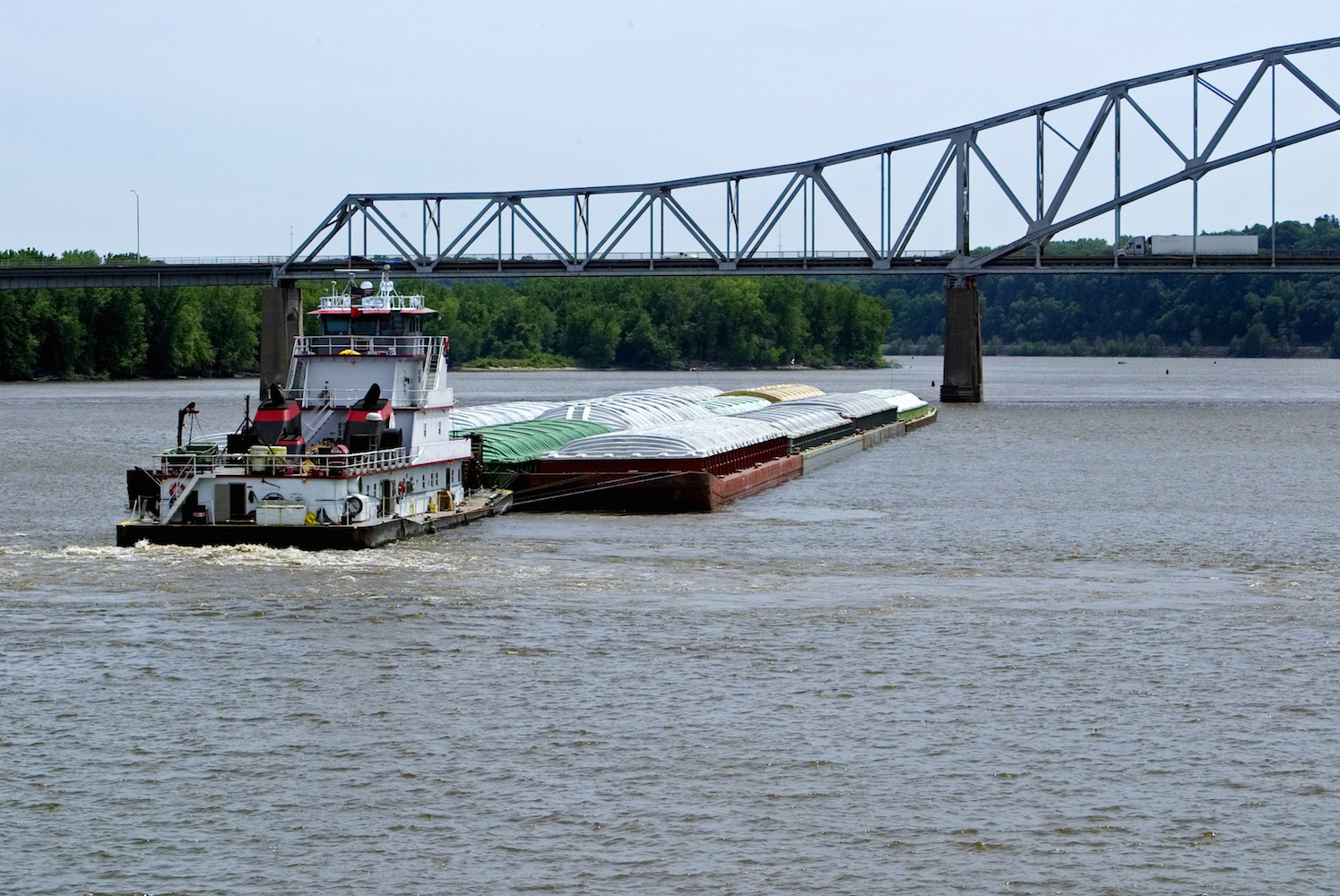The inland waterways of North America are bustling with barges delivering cargo to and from a myriad of customers. The sector is competitive, and barge owner/operators must work to ensure their vessels are in the best working order and have minimum downtime. The barge is most profitable when it is in service, with little-to- no leaks and/or spills that delay transit. Key decision makers must select the right products to keep the barge in optimal condition, and W&O’s product managers and sales professionals take great pride in working with customers to properly select the solutions that best fit their needs. To combat leaks and spills, it is important that the proper selection of sealing solutions for valves and rotating equipment: mechanical seal versus packing. By understanding the two products, barge owners can maximize meantime between failures.
Mechanical packing is a time-proven sealing solution that dates back hundreds of years. It is cost effective and allows for easy installation and replacement. The advantages of mechanical packing are that it is easy to install, does not require pump disassembly for installation or replacement and it is easily adjustable. The downside to this solution is that all pump packing is designed to leak in order to provide cooling and heat dissipation for the friction created from the shaft rotation. When packing is installed, it is actually acting as a brake and creating a drag on the shaft, which results in additional BHP and power consumption. Improper installation of mechanical packing, over tightening and neglecting to follow proper break in procedures will result in premature failure. Resulting failure modes include glazing of the packing fibers, extrusion and excessive wear on the shaft or sacrificial sleeve. Another factor working against the use of mechanical packing is environmental issues. The EPA has restrictions on emissions from pumps and valves, requiring some vessels to meet standards of less than 100 PPM. Mechanical packing will never meet these requirements, leading to concerns of leakage to the deck and, even worse, a spill to the waterways.
Mechanical seals offer another approach to sealing pumps. Seals work by installing a set of mechanical seal faces mounted in a gland, with one face rotating against a stationary face. Faces are available in a variety of materials, with selection based on the product being sealed. Seals have been in use for decades and significant advances in technology now enable them to be used in applications that past designs wouldn’t allow. By selecting the proper combination of metallurgy, O-rings, face materials and arrangement, we can now effectively seal products ranging from caustics, acids, and crude oil, to benzene, molasses and a variety of other services. This option does require the equipment to be dissembled, and proper seal selection is critical, but it offers something that packing does not – a leak-free pump that can ensure the owner/operator stays within the EPA’s limits of less than 100 PPM. It is important to note that not all seals are capable of this requirement. Ask your seal provider for the testing documentation to ensure you are using the best available technology.
At W&O we work with customers to evaluate the needs of the vessel, to assist in the selection of proper solutions and provide the necessary training for proper installation. Both mechanical packing and mechanical seals provide necessary and useful product options to the inland waterways market segment. With proper education and training, owner/operators can minimize downtime, repairs, and leaks, creating overall satisfaction in the products being used onboard their vessel.




